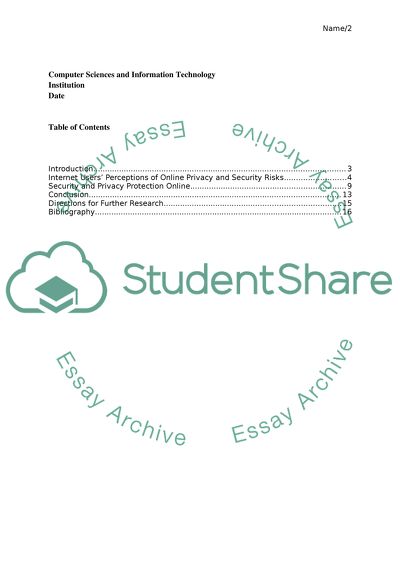Cite this document
(“Privacy, Trust, and Security: online privacy indicators, trust Essay”, n.d.)
Privacy, Trust, and Security: online privacy indicators, trust Essay. Retrieved from https://studentshare.org/information-technology/1487720-privacy-trust-and-security-online-privacy
Privacy, Trust, and Security: online privacy indicators, trust Essay. Retrieved from https://studentshare.org/information-technology/1487720-privacy-trust-and-security-online-privacy
(Privacy, Trust, and Security: Online Privacy Indicators, Trust Essay)
Privacy, Trust, and Security: Online Privacy Indicators, Trust Essay. https://studentshare.org/information-technology/1487720-privacy-trust-and-security-online-privacy.
Privacy, Trust, and Security: Online Privacy Indicators, Trust Essay. https://studentshare.org/information-technology/1487720-privacy-trust-and-security-online-privacy.
“Privacy, Trust, and Security: Online Privacy Indicators, Trust Essay”, n.d. https://studentshare.org/information-technology/1487720-privacy-trust-and-security-online-privacy.


